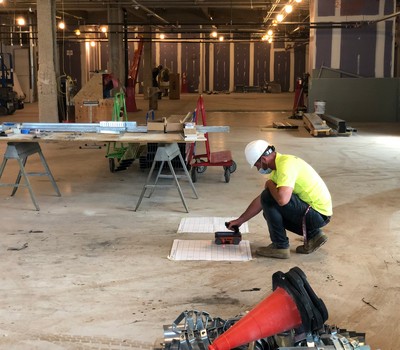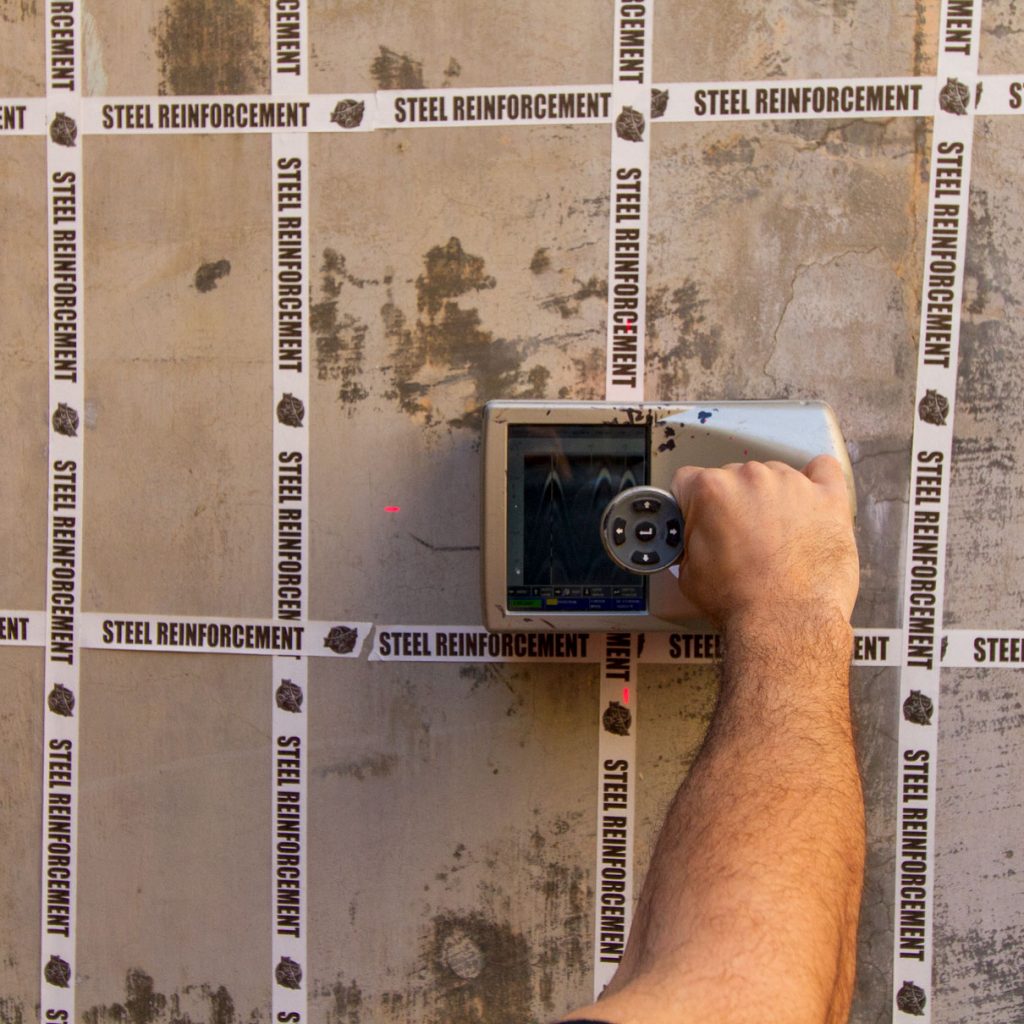RainierGPR Concrete Scanning: Cutting-edge Solutions for Intricate Tasks
RainierGPR Concrete Scanning: Cutting-edge Solutions for Intricate Tasks
Blog Article
The Importance of Accurate Concrete Scanning in Detecting Underground Hazards
The ability to precisely find and map these below ground dangers is not merely an issue of comfort yet a vital aspect of making certain the safety of both building employees and the stability of the task itself. By deploying innovative scanning technologies and methods, professionals can discover surprise threats, avoid pricey damages, and inevitably pave the way for smoother and more secure construction ventures.
Advanced Scanning Technologies for Discovery
Innovative radar systems are revolutionizing the field of below ground discovery by giving exceptional accuracy and efficiency. These sophisticated scanning modern technologies use ground-penetrating radar (GPR) to develop comprehensive pictures of subsurface frameworks, using understandings into what lies underneath the surface area with exceptional quality. By sending out high-frequency pulses into the ground and measuring the representations, radar systems can identify variations in material composition and detect underground dangers such as voids, pipelines, and wires.
One of the crucial benefits of these sophisticated radar systems is their non-invasive nature, enabling detailed assessments without triggering damage to the existing structures. This not just guarantees the safety of the surrounding environment but also lessens the need for costly repairs or disruptions to continuous construction projects. Additionally, the real-time information given by these scanning innovations makes it possible for fast decision-making and improves general project effectiveness.
Significance of Subsurface Mapping

Accurate subsurface mapping helps in avoiding pricey problems to existing below ground framework, lowering the threat of accidents, and keeping project timelines. It allows job managers to make educated choices regarding site planning, equipment deployment, and source allotment. Furthermore, subsurface mapping enables for much better coordination amongst various groups working with a job and assists in abiding by regulatory needs connected to below ground energy discovery.
Mitigating Threats in Building And Construction Tasks
Effective danger mitigation techniques are vital for guaranteeing the success and safety of construction tasks. Determining and resolving possible dangers before they rise is critical in maintaining task timelines, budget plans, and overall quality. One crucial facet of mitigating dangers in construction tasks is detailed preparation and analysis at the initial phases. Carrying out comprehensive website surveys, including precise concrete scanning for below ground risks, can aid in identifying prospective concerns early on. Using advanced innovations like ground-penetrating radar and electro-magnetic induction can help in discovering energies, rebar, or other blockages that may posture dangers throughout building.
Additionally, developing clear communication channels among all task stakeholders and ensuring stringent adherence to safety procedures are essential components of risk mitigation. Normal inspections, quality assurance actions, and monitoring of work progression can help in identifying and attending to any kind of emerging threats promptly. Additionally, having backup strategies in area for unforeseen challenges can considerably minimize the influence of disturbances on the job. By proactively implementing robust risk mitigation techniques, building projects can minimize delays, cost overruns, and safety incidents, ultimately causing effective job results.

Protecting Against Costly Problems and Hold-ups
To minimize economic losses and job obstacles, reliable strategies need to be applied to avoid expensive problems and hold-ups in construction projects. One important way to attain this is by performing thorough concrete scanning before any type of excavation work starts. By using advanced scanning innovations such as ground-penetrating radar (GPR) and electromagnetic induction, building groups can properly discover below ground dangers like rebar, avenues, and various other energies. Determining these obstructions beforehand helps in planning the task format more effectively and staying clear of possible problems throughout excavation.
In addition, buying training programs for building workers on the relevance of concrete scanning and risk-free excavation techniques can significantly lower the danger of hold-ups and accidents. Clear communication channels between task managers, designers, and on-site workers are likewise necessary to make certain that every person understands the potential hazards and follows the essential procedures to stop pricey damages. By focusing on positive actions view publisher site like concrete scanning and advertising a society of security and recognition, construction tasks can reduce the financial impact of unforeseen below ground blockages and prevent expensive delays.
Ensuring Security of On-Site Worker
By focusing on positive measures such as thorough training programs and clear interaction networks, building jobs can guarantee the security of on-site personnel amidst the potential dangers detected via concrete scanning. Correct training outfits employees with the knowledge and skills needed to navigate construction websites securely, particularly when risks are identified through scanning processes. Training should cover hazard recognition, emergency treatments, and the appropriate usage of individual safety tools to mitigate risks successfully.
Furthermore, developing clear interaction networks is crucial for disseminating info look at this site concerning determined dangers without delay. This ensures that all on-site personnel are aware of potential threats and can take needed safety measures to prevent mishaps. Routine security rundowns, toolbox talks, and constant updates relating to scanning results assistance keep everyone informed and proactive in preserving a safe functioning setting.
In addition, applying rigorous adherence to safety procedures and policies, carrying out regular safety and security audits, and cultivating a society of safety awareness among workers are essential parts in making sure the well-being of on-site personnel during construction tasks - RainierGPR Concrete Scanning. Positive security measures not just protect workers from injury yet likewise contribute to the total success and effectiveness of the job
Verdict
To conclude, accurate concrete scanning plays an essential role in detecting below ground threats. Making use of sophisticated scanning technologies and subsurface mapping aids reduce risks in building projects, avoiding pricey damages and hold-ups. By guaranteeing the safety of on-site employees, precise scanning can dramatically boost the effectiveness and success of building and construction operations. It is crucial for building and construction firms to prioritize making use of precise scanning techniques to decrease potential dangers and guarantee a smooth building and construction process.

By proactively executing robust danger mitigation techniques, building jobs can reduce delays, expense overruns, and security occurrences, eventually leading to successful project outcomes. - RainierGPR Concrete Scanning
To minimize monetary losses and task troubles, reliable methods need to be carried out to avoid pricey damages and delays in building and construction tasks. By focusing on positive measures like visit the website concrete scanning and advertising a culture of security and understanding, construction tasks can decrease the monetary impact of unexpected underground obstructions and stay clear of pricey delays.
By prioritizing aggressive steps such as comprehensive training programs and clear communication channels, construction tasks can make sure the safety of on-site employees amidst the potential hazards spotted via concrete scanning. Using advanced scanning modern technologies and subsurface mapping assists mitigate dangers in building jobs, preventing expensive damages and delays.
Report this page